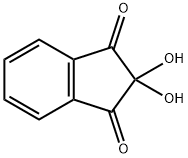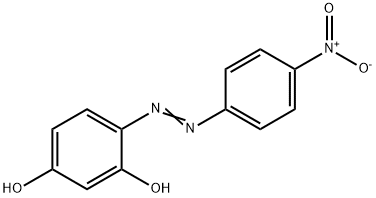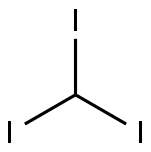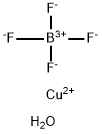Ninhydrin , AR , 485-47-2
Synonym(s):
1,2,3-Indantrione monohydrate;2,2-Dihydroxy-1,3-dioxohydrindene, 2,2-Dihydroxy-1,3-indandione, Indantrione hydrate, Triketohydrindene hydrate;2,2-Dihydroxy-1,3-indanedione;Ninhydrin;Trioxohydrindene monohydrate
CAS NO.:485-47-2
Empirical Formula: C9H6O4
Molecular Weight: 178.14
MDL number: MFCD00003791
EINECS: 207-618-1
| Pack Size | Price | Stock | Quantity |
| 5G | RMB42.40 | In Stock |
|
| 25G | RMB164.00 | In Stock |
|
| 100G | RMB574.40 | In Stock |
|
| 500G | RMB2880.80 | In Stock |
|
| others | Enquire |
PRODUCT Properties
| Melting point: | 250 °C (dec.) (lit.) |
| Boiling point: | 230.35°C (rough estimate) |
| Density | 0.862 |
| bulk density | 680kg/m3 |
| vapor density | 6.16 (vs air) |
| refractive index | 1.4209 (estimate) |
| Flash point: | 13 °C |
| storage temp. | Keep in dark place,Inert atmosphere,Room temperature |
| solubility | Soluble in water (50 mg/ml,with sonication), ethanol (100 mg/ml), chloroform (Slightly), ether (Slightly), and methanol (100 mg/ml). |
| pka | 8.47±0.20(Predicted) |
| form | Powder/Solid |
| color | white to brownish-white, crystals |
| Specific Gravity | 0.788 |
| Odor | Odorless |
| PH Range | 4.6 - 5.0 |
| PH | 4.6-5.0 (10g/l, H2O, 20℃) |
| Water Solubility | 0.1-0.5 g/100 mL at 20 ºC |
| Sensitive | Light Sensitive |
| Merck | 14,6554 |
| BRN | 1910963 |
| Stability: | Stable. Incompatible with amines, alkalies, strong bases. Light-sensitive. |
| InChIKey | FEMOMIGRRWSMCU-UHFFFAOYSA-N |
| LogP | 0.670 |
| CAS DataBase Reference | 485-47-2(CAS DataBase Reference) |
| NIST Chemistry Reference | Ninhydrin(485-47-2) |
| EPA Substance Registry System | Ninhydrin (485-47-2) |
Description and Uses
Ninhydrin is historically the most common reagent for processing fingerprints on porous substrates. It has been used as a fingerprint reagent since the 1950s but has been used as a cell stain since the early 1900s. Ninhydrin molecules form a complex with amino acids resulting in a purple product known as Ruhmann's purple. Purple fingerprints are easily visible on light-colored porous substrates but may be difficult to see on patterned or dark-colored substrates. DFO reacts with amino acids to produce a fluorescent product that is not readily seen with the naked eye. This makes it a useful reagent on dark or patterned porous items. DFO prints are viewed with an alternate light source or laser set to 530–570 nm (green light) through a red barrier filter. 1,2-indanedione is an emerging fingerprint reagent that results in visible pink fingerprints that are also fluorescent. The fluorescence is viewed under the same conditions as DFO.
These chemicals can be used on their own or in sequence to develop latent prints on porous substrates. If they are used in sequence, they are used in the following order: indanedione, DFO, ninhydrin. If a reagent is used out of sequence, it will inhibit or limit the effectiveness of the other reagents. In this laboratory exercise you will develop fingerprints on a porous substrate using indanedione, DFO, and ninhydrin.
ninhydrin structure
Ninhydrin is used for the detection of free amino groups in amino acids, peptides and proteins.
Safety
| Symbol(GHS) |  GHS07 |
| Signal word | Warning |
| Hazard statements | H302-H315-H319 |
| Precautionary statements | P301+P312+P330-P302+P352-P305+P351+P338 |
| Hazard Codes | Xn,T,F |
| Risk Statements | 22-36/37/38-39/23/24/25-20/21/22-11 |
| Safety Statements | 26-28A-45-16-36 |
| RIDADR | UN 1170 3/PG 2 |
| WGK Germany | 3 |
| RTECS | NK5425000 |
| F | 8 |
| TSCA | Yes |
| HazardClass | 3 |
| PackingGroup | II |
| HS Code | 29144000 |
| Toxicity | LD50 orally in Rabbit: 600 mg/kg |




